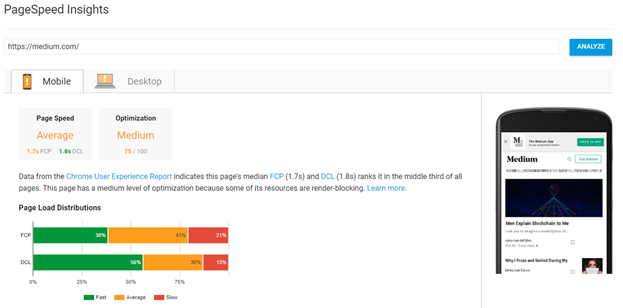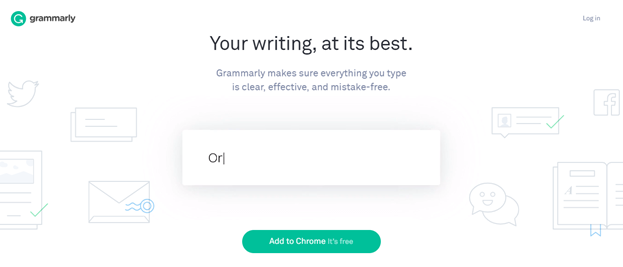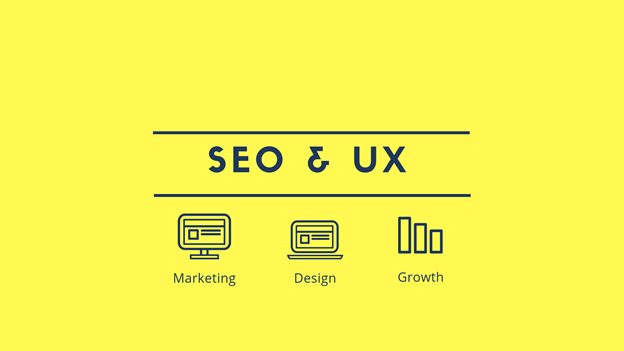Search engine optimization has gone a long way from unnaturally repeating keywords on the content material. It is more challenging than ever to be on top of the search engine results page, as the game is now running on a different set of rules.
As search engines endeavor to provide their users with the holistically best search results, the battle now is not just in relation to the query, but also on how great a user experience the site can offer. UX has become an integral part of modern-day SEO.
With all the benefits of being on top of the search results, sites are religiously abiding by the rules of the ranking game, and you should too.
Here are some of the most effective tips on how you can boost your search rankings through improving your site’s UX:
Improve Site Navigation
One of the most important facets of user experience is site navigation. Navigation plays a key role in whether or not your users will stay on your site, which goes hand-in-hand with whether your marketing strategies can be pushed forward or not. If your site’s navigation is messed up, then your visitors are more likely to back away from your site entirely.
Some of the ways for which you can best improve your navigation are the following:
- Make use of a simple navigation scheme, devoid of confusing menu items.
- Make sure that the navigation menu is present throughout your site, and not just on your home page. If possible, also try to make your menu sticky so your users would not need to scroll back up.
- Ensure that ease of navigation is maintained not only on your desktop site but also on your mobile site.
- Utilize search functionality.
Take note that the idea is to help provide the least number of clicks before your users can reach their destination on your site.
Test Your Site Speed

Another key factor for user experience is site speed. It is so important that if your page fails to load within 3 seconds, then your site will lose a hefty amount of visitors. Generally, your site has less than 60 seconds to impress your visitors. If your site takes a while to load, then your chances grow smaller. It is therefore vital that you ensure that your site has decent speed.
There are a lot of available tools out there where you can test your site’s speed. One of which is Google’s PageSpeed Insights. Not only does it indicate your site’s performance, but it also suggests ways on how you can boost your site’s speed for even better results.
Responsiveness Across all Devices
One of the biggest changes in Search Engine Optimization this year is how Google prioritizes mobile over desktop sites. This is called the Mobile First Index, pushing forward a growing fact that mobile phones are becoming more important than ever.
With this in mind, it is vital that you ensure your site’s responsiveness from whatever device it is accessed from. To achieve this, here are things you should consider:
- Instead of setting concrete sizes for your texts and images, use relative sizes so that they can resize depending on the screen size.
- Use CSS media queries to identify breakpoints for changes in design.
- Ensure that your site will work regardless of orientation.
- For best results, consider opting for responsive web design so that your site can automatically adjust to the specifications of the device it is accessed from.
Add Visual Content
Traditional search engine optimization is heavy on textual content. While the text is still as important as it once was, it must be understood that other forms of content are also important – including visual ones.
You must then creatively make use of images and videos. These are proven to be highly-engaging and can help keep your users on your page longer than they would normally do, which is an indicator that there is something good about your page (as opposed to what would be perceived on a site where users don’t stay long enough).
You can also optimize these images and videos such as through their tags, which helps boost your SEO initiatives.
The harmony of your visual and textual content will boost your site’s capabilities.
Use Proper Headings & Call to Action

A great example from Grammarly
Finally, make sure that you are aware of the proper usage of headings and calls-to-action on your site. Their effectivity lies on how strategic you are in crafting and positioning them. You should trigger your visitors’ sense of urgency, but without sounding pushy. Doing this is an art, and here are some creative strategies on how to achieve that:
- Centralize your CTA on the benefit your visitors will attain by clicking on them.
- Bank on the power of instant gratification by providing immediate rewards.
- Incite curiosity by showing some form of case studies and then offering a sneak peek on how what the visitor can achieve if he clicks on the CTA button.
- Use your headings to highlight the problem, then use your CTA to offer the solution to the problem.
- Showcase the number of users on your heading, then highlight on the CTA how your visitor can belong, triggering the need to belong.
The proper use of your headings and call-to-action can truly make a difference so make sure that you use them to strategically.
Boost your Search Rankings through UX
With user experience among the pillars of modern-day search engine optimization, it is important that you do your part in making sure that your site provides an outstanding experience to your site’s visitors.
There are many ways for you to achieve that, and above are some of the most effective tips you can follow. Follow them, and you are leaps closer to your goal of being on the top of the search results, enjoying all the benefits of being on top.
Author Bio
Kenneth Sytian is the CEO of Sytian Productions, one of the leading web design services in the Philippines. He has been designing websites and developing web apps for more than a decade. He is considered one of the top influencers in web design and development.
Comments are closed.




















































